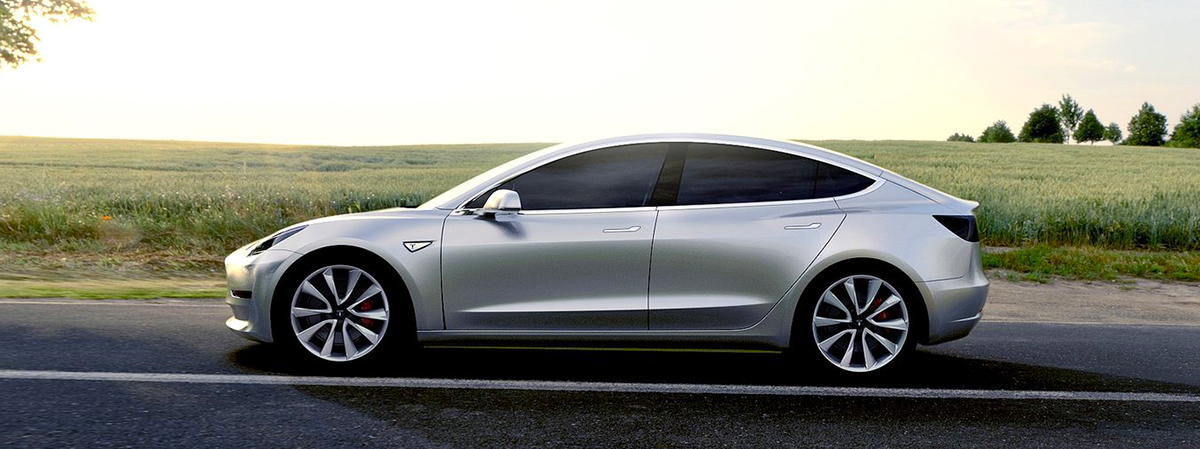Types Of Electric Cars

If you're thinking about buying an electric vehicle, then there are five main types you'll want to know about: BEVs, PHEVs, HEVs, MHEVs and EREVs.
BEV
Battery electric vehicles, also known as ‘BEVs’, are fully electric vehicles that are powered by a battery and not an internal combustion engine. It's also worth noting that the term 'EV' has also become synonymous with battery electric vehicles.
The battery pack on a BEV can store lots of energy, which allows it to run for many miles before needing to recharge. The distance an EV can travel without needing a charge is called its 'range'. Many of the latest fully electric vehicles are now achieving ranges that exceed 300 miles.
Going fully electric comes with many positive environmental impacts. Due to their battery power, BEVs don't have a tailpipe, which means they don’t emit any harmful exhaust gases. This helps to reduce local air pollution and improve air quality in congested urban areas. Over the course of a year, one EV can save an average of 1.5 million grams of CO2 from getting pumped into the environment.
Another big positive of owning an electric car is its sound or lack thereof. The reduction in noise pollution helps to make urban areas a much more pleasant place to live. Initially, EVs were so quiet that on the 1st of July 2019 a new law was passed that required them to be fitted with an Acoustic Vehicle Alerting System (AVAS). This means that BEVs make an artificial sound to signify their presence to pedestrians when they’re reversing or moving at a speed below 12mph.
PHEV
Plug-in hybrid electric vehicles (or 'PHEVs') have a battery just like a BEV but with a much smaller capacity. PHEVs include a standard combustion engine too, which takes control when the battery runs low.
As the name suggests, PHEVs can be recharged by plugging in. A typical range on one of these cars tends to be around 10-40 miles on electric power alone. Regenerative braking can also help to recharge the battery too.
PHEVs offer an economical alternative for those who aren't yet ready to commit to fully electric driving.
HEV
Hybrid electric vehicles (or 'HEVs') are similar to PHEVs but do not have plug-in charging capabilities. Also known as a 'self-charging hybrid', HEVs run on an electric battery before switching over to petrol or diesel power.
The battery is small and is used to start the electric motor and drive the car only for very short distances. Regenerative braking technology and the petrol engine help to ensure that the battery charges back up. An internal computer in the car can calculate the most efficient driving to get the most out of the battery.
MHEV
Sometimes confused with HEVs, mild hybrid electric vehicles contain a smaller battery and don't run on electric power. Instead, a MHEV uses its electric power when setting off as a way of lowering emissions but the vehicle itself is still reliant on fossil fuel power. Driving a MHEV will feel the same as any other ICE car but with a little boost to your fuel economy.
EREV/REEV
An extended-range electric vehicle (EREV), or a range-extended electric vehicle (REEV), is an EV that runs solely on electricity via a battery that gets recharged by a ‘range extender’. The range extender is usually a small petrol engine that drives an electric generator that charges the battery.
For more electric vehicle terminology visit our page here!

